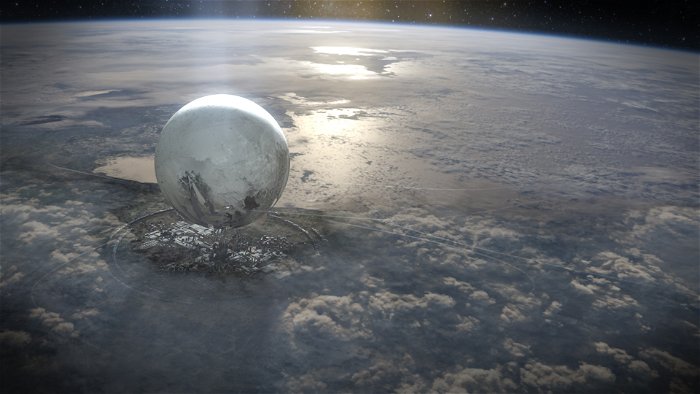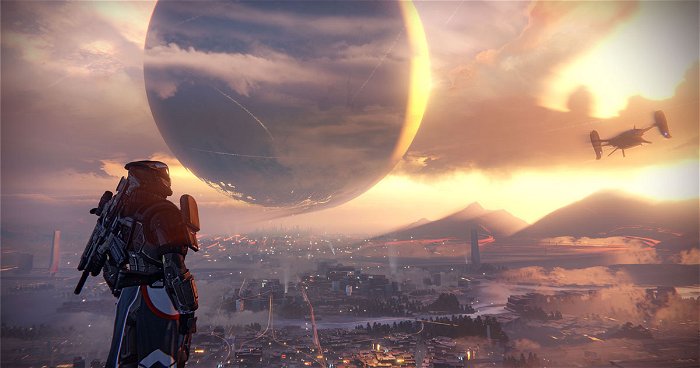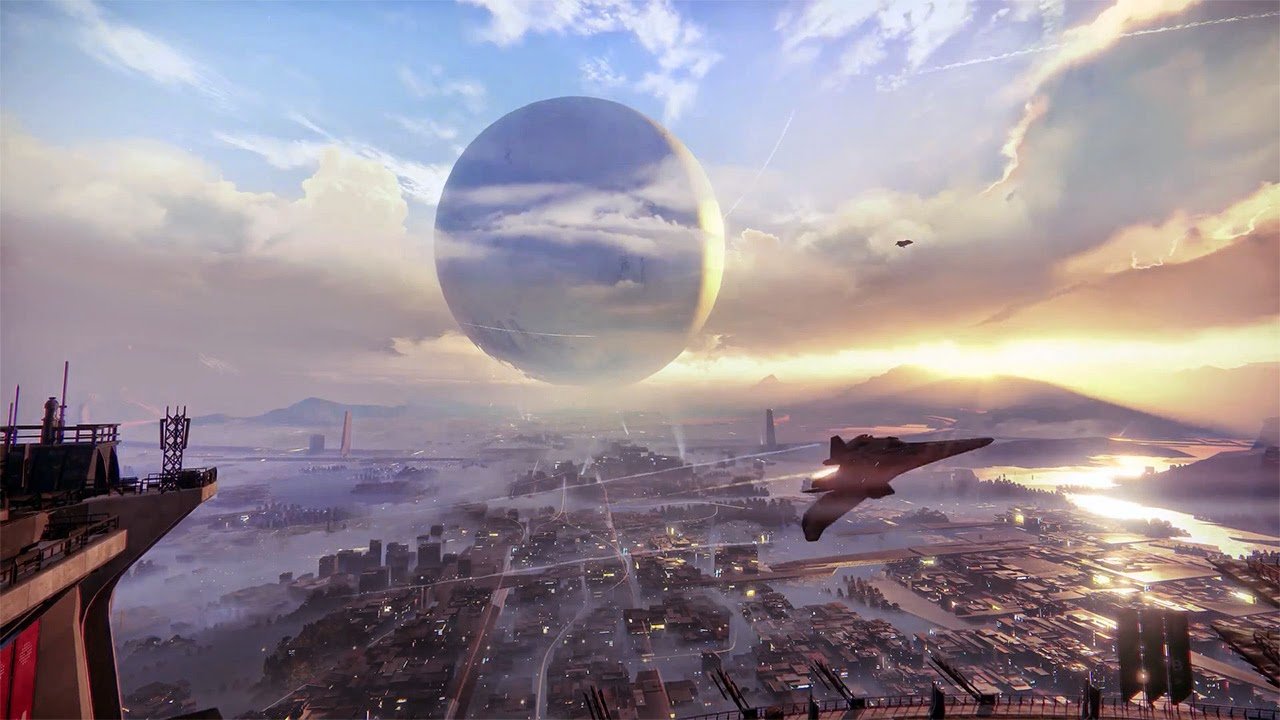Space is a pretty popular videogame setting for good reason. Venturing beyond Earth opens up so many possibilities to developers. They can vent their imaginations by creating fantastic alien races, implausible spaceships, and unheard-of technology. For the most part, though, the real wonder of the cosmos—its immensity and otherworldly nature—isn’t captured by videogames set in space. From the early days of arcade titles like Space Invaders and Asteroids to more recent releases like Starfox and Red Faction, space has been used as a kind of window dressing: an excuse to draw up weird enemy designs, hand players futuristic weapons, and maybe throw in a zero gravity level or two. This can be a lot of fun, sure, but it doesn’t take advantage of the wonder and mystery inherent to space. Luckily, Bungie’s Destiny is a game that accomplishes just that.

For me, the most fascinating aspect of space always relates back to a feeling I first had while staring at maps of our solar system or flipping through photo books as a kid. I would try to pinpoint Ontario on the picture of Earth, then move back to look at Canada, a little bit further to North America, and finally all the way out to the size of our planet itself. Earth would become dwarfed in relation to the galaxy’s size and the pinprick within North America that represented my house would, of course, feel like little more than a speck of dust against the unthinkable massiveness of the universe. That sense of being a tiny, tiny part of some gargantuan world—one filled with incredibly strange and completely foreign sights—captured my imagination in a way that few other things ever have. It’s this kind of enormity that I always hope to see reflected in space videogames. Whether it’s accomplished through mind-bending discussions regarding the vastness of time and space or just highly original art design, a sense of wonder has to exist for me to get a big kick out of the setting.

Most often, players hoping to lose themselves in the grandeur of space usually have to head to the simulator genre. For someone like myself who prefers story-driven games, we often have to be content for a Star Wars-style approach to the setting—one where strange characters, inventive technology, and galaxy-spanning wars take precedence over any real, deep look at humanity’s place in the cosmos. Titles like Visceral Games’ Dead Space may evoke something bigger when the player, as engineer-turned-alien-killer Isaac Clarke, floats over the surface of a strange planet in his zero gravity suit, but these are rare moments in a game concerned primarily with exploring blood-splattered spaceship interiors. BioWare’s Mass Effect has come closer to the mark, especially with its “fast travel” system—a menu that places each planet Shepard and crew are capable of visiting on a map of the universe, complete with swirling macro views of far-off galaxies. The best moments of the sprawling science-fiction series extend this feeling even further by asking players to consider Shepard’s fight against the game’s otherworldly antagonists—the Reapers—in terms of the end of all known existence: about as big of a concept as any science fiction could hope to tackle.
More recently, Destiny has used a space setting to good effect through some of the most impressive videogame art design to date. True to an experience that sees characters frequently travelling between Earth, our moon, Mars, and Venus, most every moment spent playing Destiny is an exercise in enormity. Aside from occasional trips through subterranean buildings and caves, Bungie is careful to structure its levels so that its combat takes place before the backdrop of dramatic skylines. The player is always reminded of how alien the worlds they’re exploring are not just because there are four-armed creatures trying to kill them, but because completing missions requires them to wade through gaseous pools of liquid on Venus or climb sandy red hills on Mars. Even the loading screen (which, as long and frequent as it is, has burned into my mind’s eye) features the player’s spaceship flying through a vortex of interstellar light before descending into orbit over the planet they’re heading to. Destiny’s confused, poorly told story fails at giving its audience a reason to ponder the vastness of space, but, luckily, its visuals are constantly prompting these thoughts and inspiring a sense of awe.
This is one of my favourite aspects of the game. Space is supposed to engage our imaginations and force us to consider what lies beyond the limits of humanity’s current knowledge. When we allow ourselves to wonder how much we don’t know as a species, it can inspire us to think bigger and spur on new discoveries. Videogames that contribute to that kind of inspiration seem pretty worthwhile. Let’s hope we see more of them in the future.




